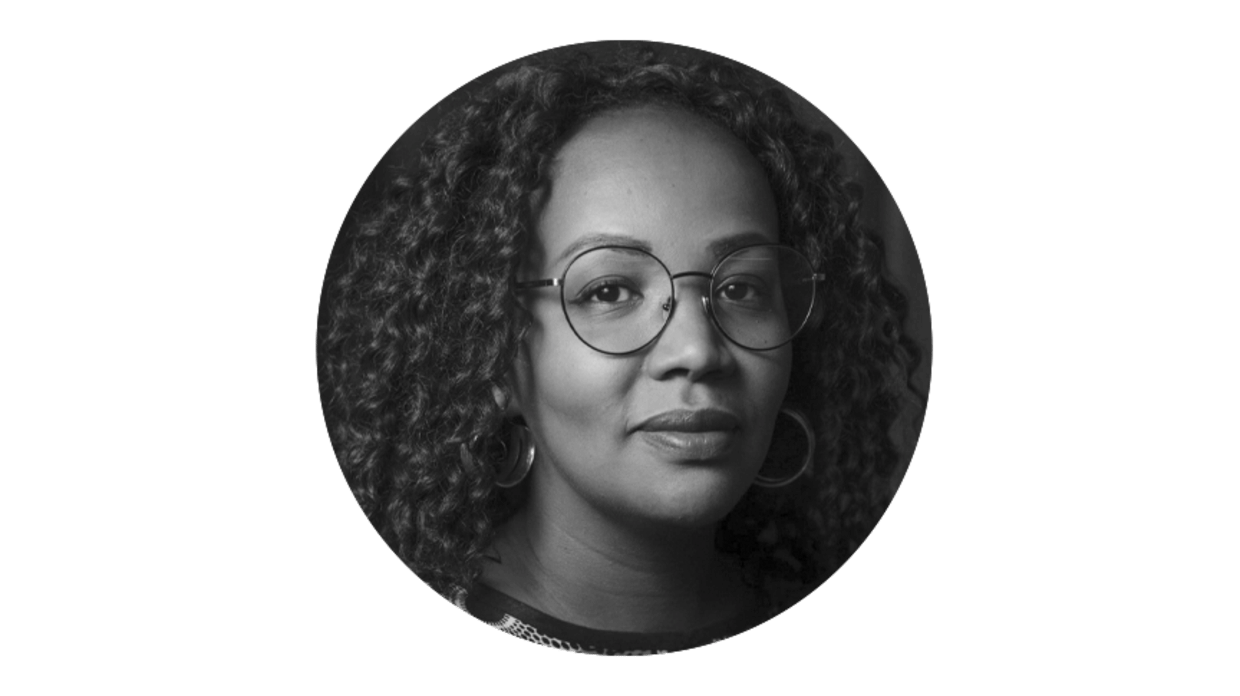If the cultural sector wants to be a true reflection of the city, we should not just open the box with the makers, says Ayaan Abukar. First, the uncomfortable conversations about diversity need to be had, however difficult that may be at times.
Consultations on support frameworks are regularly planned in the municipality of Amsterdam and are attended by representatives of the cultural sector. Content can vary and the atmosphere is always friendly – until the agenda item ‘Diversity and Inclusion’ is discussed.
I’m beginning to recognize the tension that’s coming down the room more and more: it comes in different forms and spreads out within a few minutes. The chair carefully lifts the subject and then slowly begins to look from right to left, as if in slow motion.
“How are you now?” is a frequent question. The City of Amsterdam considers it very important that the art and culture sector as a whole – in terms of audience, program and staff – reflect the city and has committed institutions to take this seriously. The chairman’s question indicates this.
Look and don’t say anything
At such a moment, the participants gently press their backs into the chair, a subtle desire to disappear from view for a while—just as the few people of (obviously) diverse backgrounds, myself included, are looked on. Then the chief looked my way anxiously, through the dark cloud of annoyance.
I look up and down and sometimes turn on my phone hoping for a sudden release. My inner voice sounds like this: “Don’t say anything … Don’t look and don’t say anything.”
I listen and continue to breathe deeply, to counteract the shaking in my body, but it soon slips out of my hands.
The first comments come from colleagues who say with a sigh that color is not an issue for their organization, because they don’t see color. Someone else intones: “How should we register the color?”
How the hell can they know if their audience is diverse? “Yeah, I agree,” she comes from the other corner.
It’s an ongoing problem, the municipality has to realize it’s a huge challenge, after all, it’s the fault of white education, white journalism, lack of sustainable funding…
I go to him without thinking: “No”, “Not true” and “Nonsense”.
I am unable to structure my own arguments. You don’t need to make a scientific argument in a pointless discussion in the first place.
Serious steps
the allies Fortunately, come to my rescue, they also struggle terribly, it is really very heavy – and at the same time the discomfort increases, sucking oxygen from space. We are all suffocating.
The conversation about diversity has settled down to the hows, whats, and “we can’t find them.” “How do we get to the depth if we don’t go beyond the surface?” I ask my neighbor.
A sector that takes itself and community seriously – with no commitments – has long taken serious steps to embrace diversity and inclusion and not shy away from nuisance. After all, the problem runs deeper than filling out business plans or programming more colors. What really matters is striving for equality, co-ownership, and being open to the inconvenience of transition that we all have to go through.
social security
It’s also about safety, not just in a physical sense, of the space that makers and young professionals have to enter, but also about social safety: a place where you don’t have to radically adapt to fit in and where differences are enriched. They look and embrace.
The problem with diversity and inclusion in the status quo is that we prefer to avoid getting upset and therefore look for quick fixes; We prefer unboxing with the makers – they do their job and then move on.
For a lasting solution, we need to talk about building equal relationships with colleagues who look and think differently, and give them the key and the mandate to make the necessary changes, and that doesn’t happen automatically.
During the next sessions, let’s bend the agenda to this inconvenience: you no longer say where you are, but what is holding you back. Say it out loud and don’t let the falling silence pass too quickly, no: embrace the annoyance.

what do you think? This way you can join the conversation on current Amsterdam topics
Send your contribution of 150 or 450 words to: hethoogstewoord@parool.nl
For more information on which submissions have the best chance of applying or additional requirements we have in place, please visit this page.

“Total coffee specialist. Hardcore reader. Incurable music scholar. Web guru. Freelance troublemaker. Problem solver. Travel trailblazer.”







More Stories
GALA lacks a chapter on e-health
Weird beer can taste really good.
Planets contain much more water than previously thought